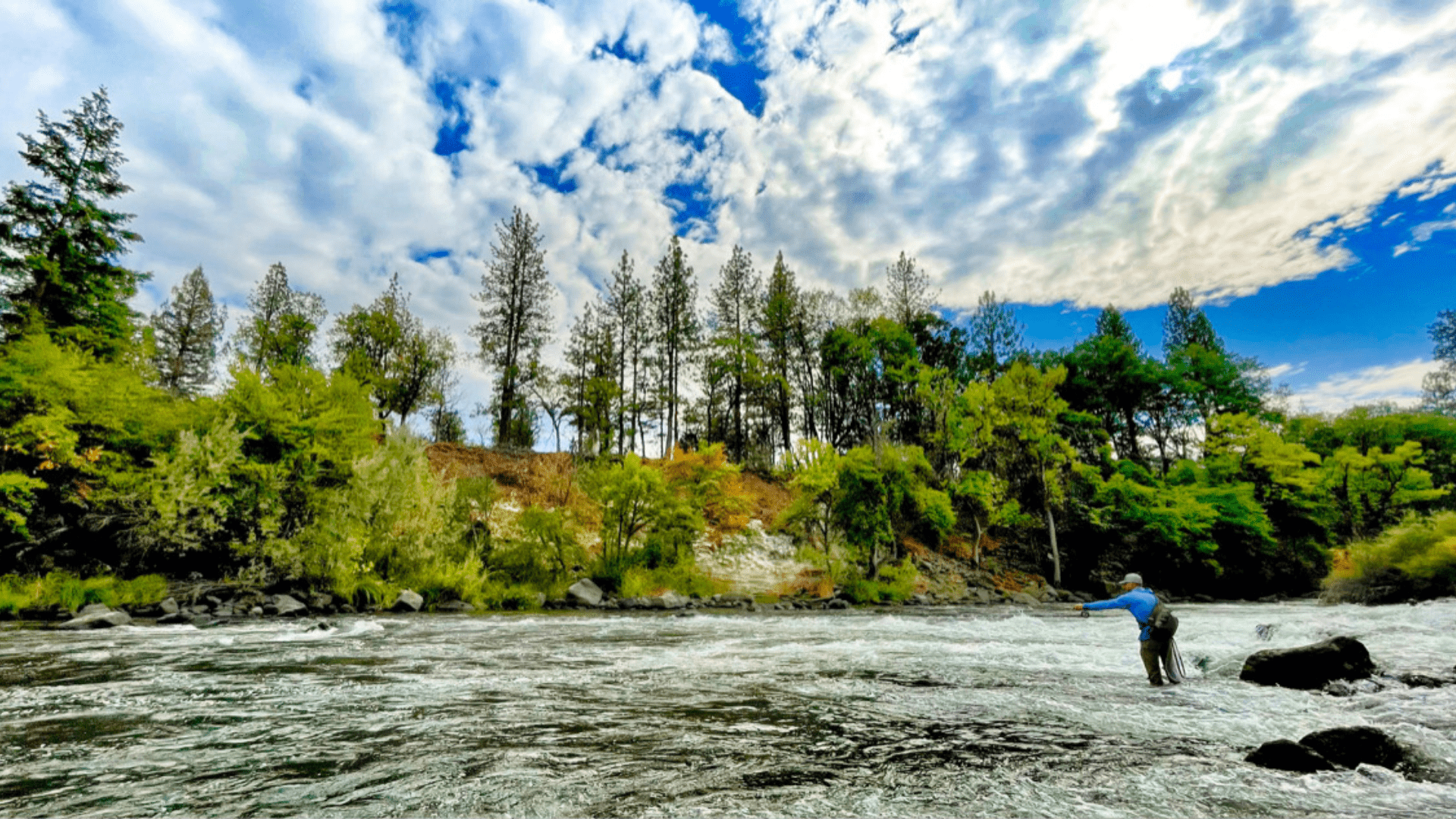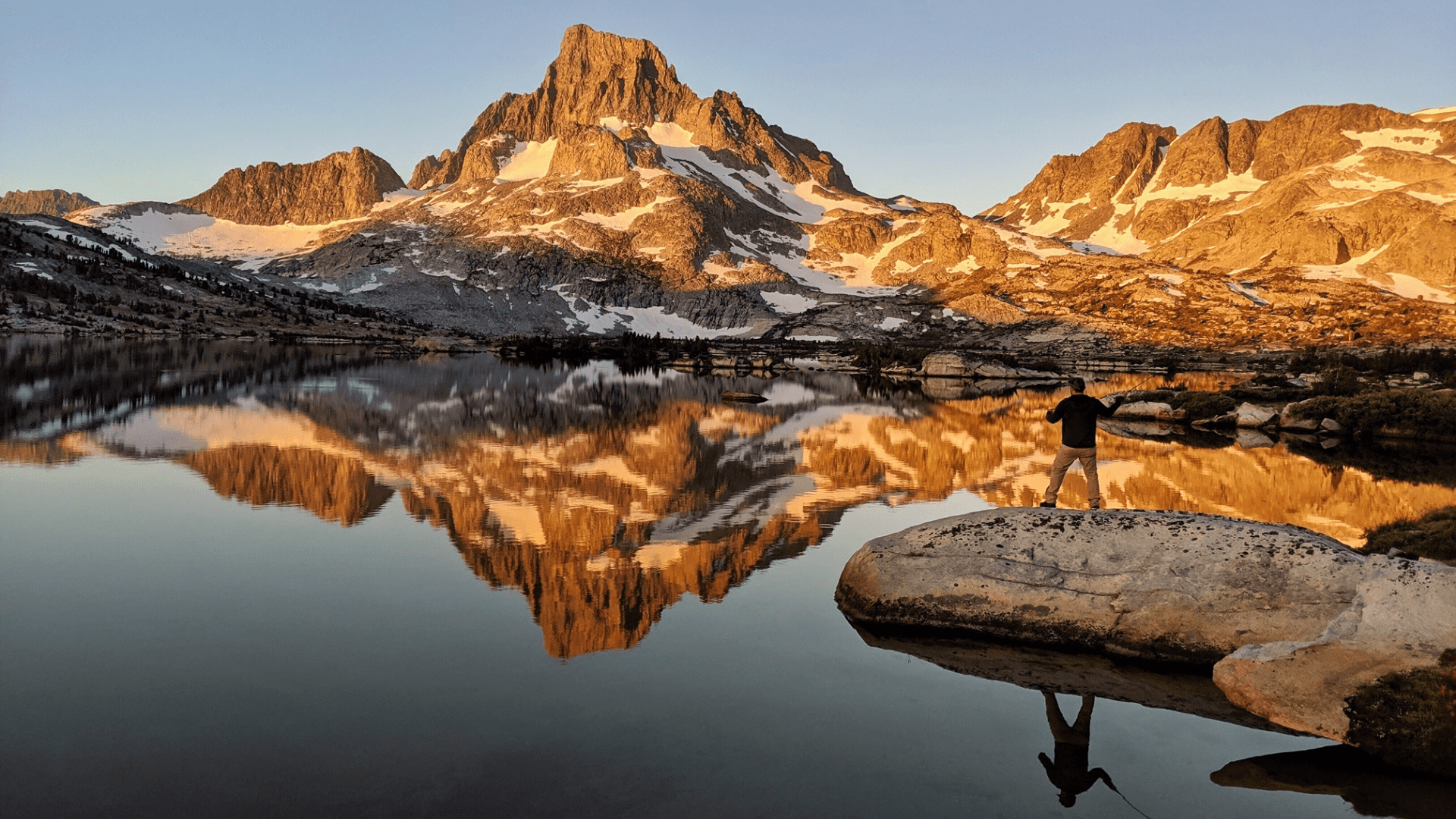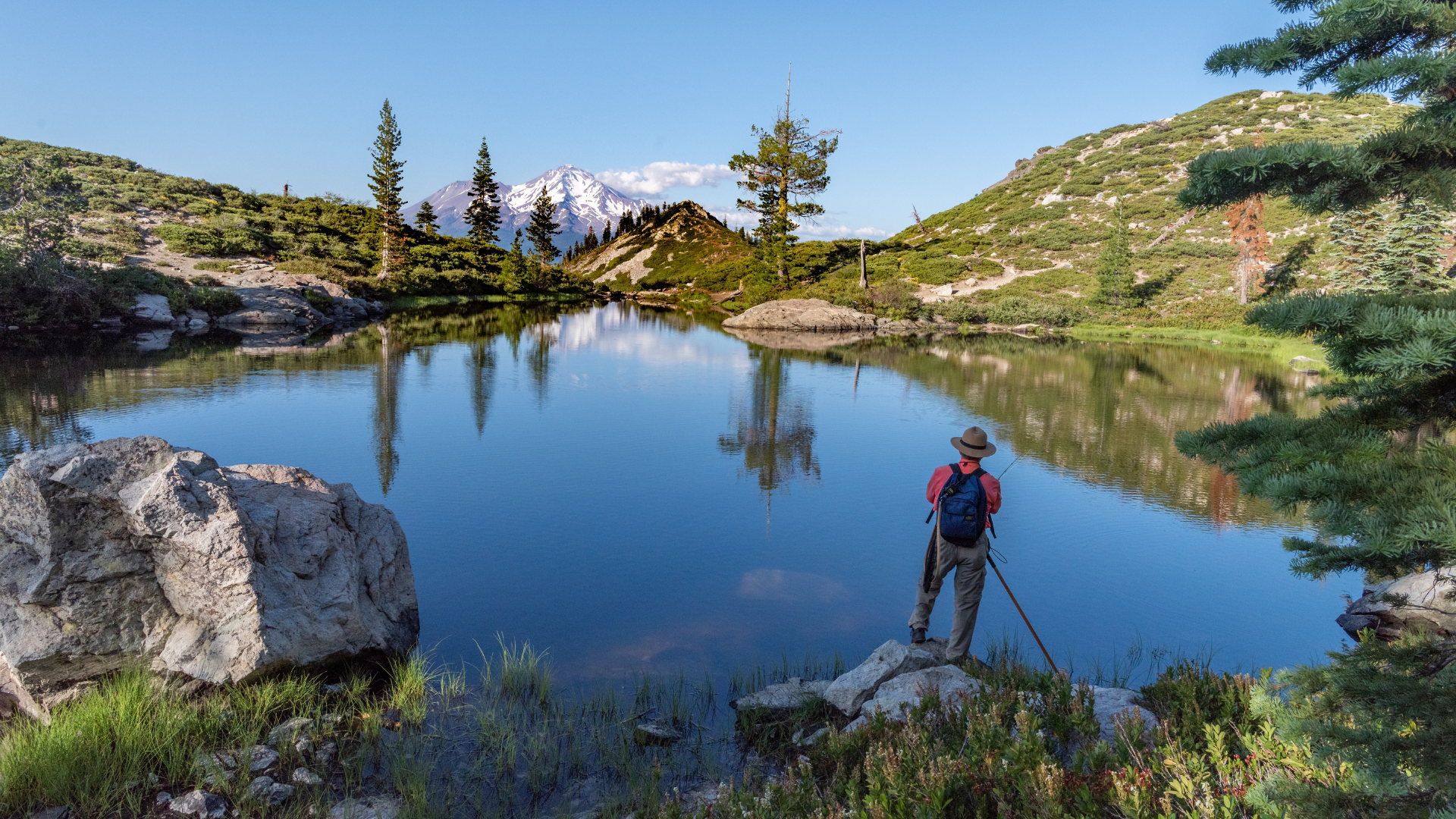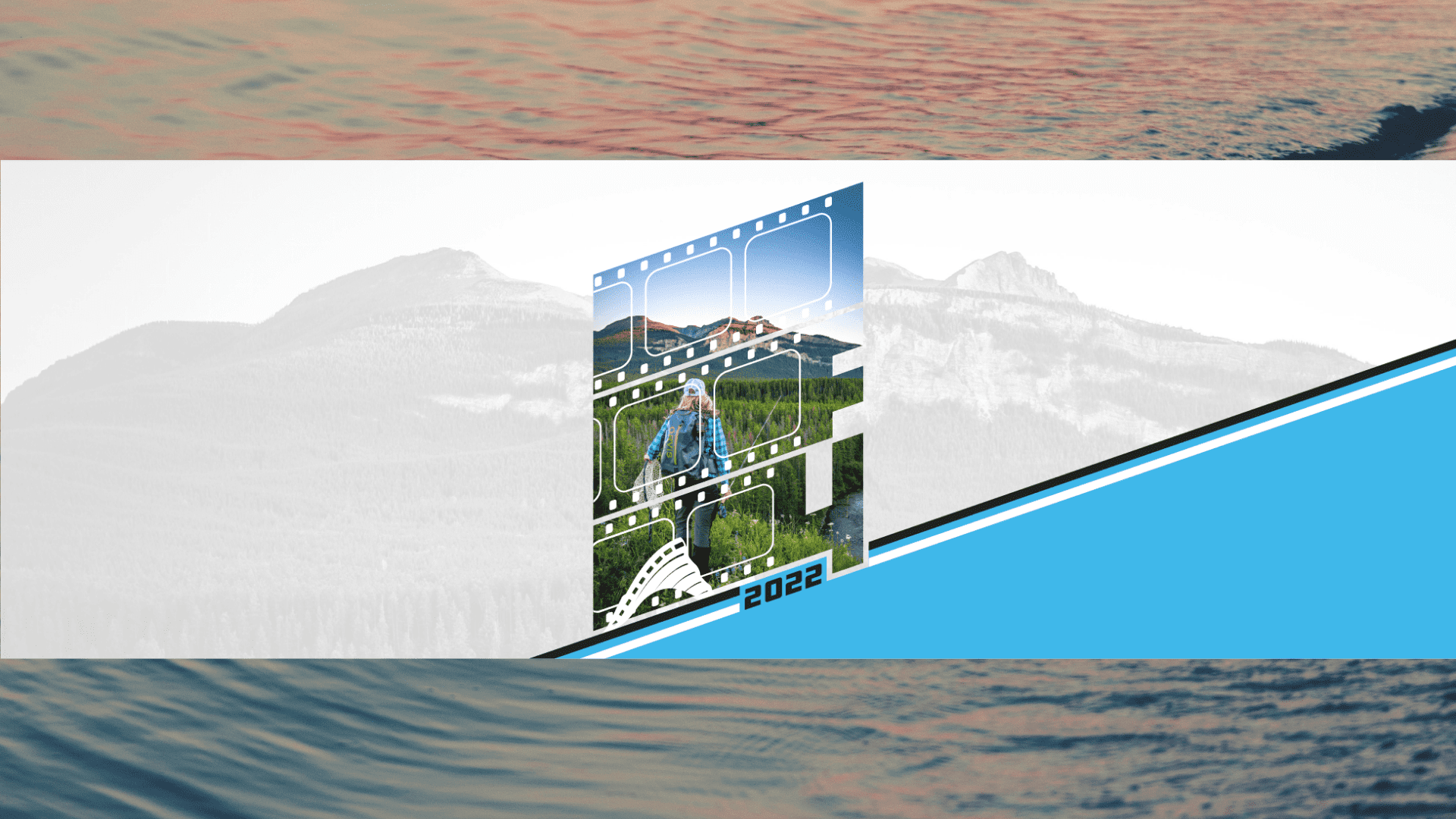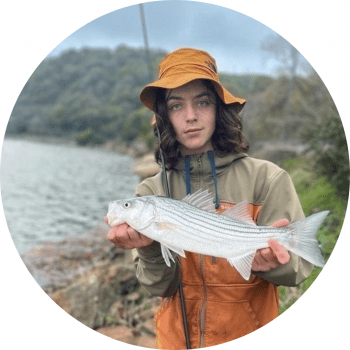
By Jonathan Hardman
My name is Jonathan Hardman, I’m a 16-year-old from Berkeley, California. Fishing and the outdoors have been the most central part of my life since the very beginning. My grandfather taught me to love and appreciate the natural world when I was just a toddler. From fishing in lakes in upstate New York to creeks and ponds in southern Maine, he taught me how to fish for sunfish and smallmouth bass, as well as the importance of proper fish handling, sustainable harvesting, and catch and release practices.
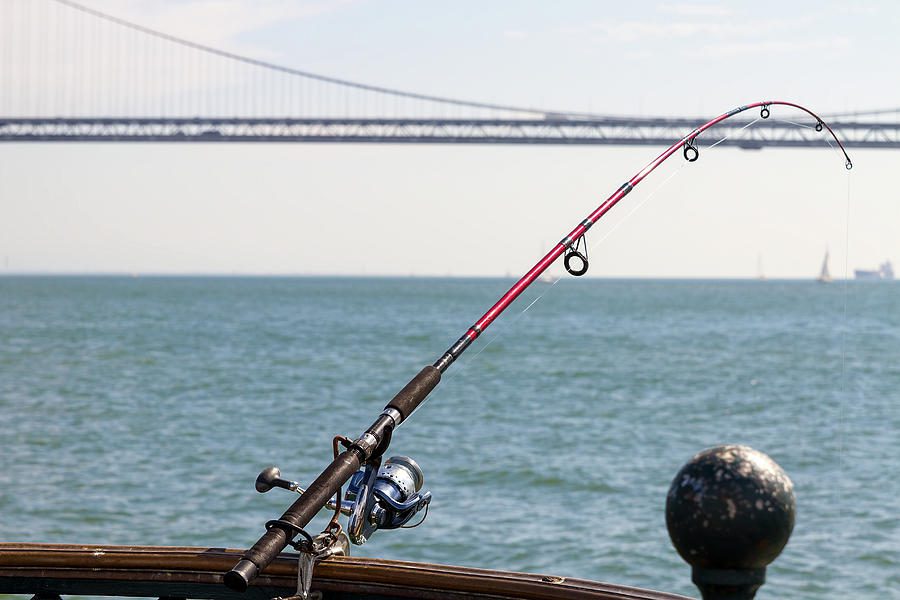
This early exposure to fishing allowed me to teach myself to fish on the west coast, starting in the San Francisco Bay. Many self-led adventures throughout my early childhood on the shores of the San Francisco Bay allowed me to go through different techniques, picked up from folks on local piers, in the tackle shop, and from friends and mentors. As I became more adept in one species or technique, I would move on to another, mastering nothing, but taking my knowledge from the previous phase each time. I learned to catch sharks and rays in the Bay, bass in the local reservoirs, surfperch on the beaches, stripers in the Bay and Delta, and halibut in the Bay, eventually picking up fly fishing for wild trout in the nearby Santa Cruz mountains as well as the Sierra and Cascades when I was fortunate enough to visit them.
Background photo by David Gn.
Around the age that I began to fly fish I became more conscious of the environmental impacts that plague my urban homewaters. The contrast between the relatively pristine mountains and the rip-rapped and developed Bay shoreline began to disturb me. The landfilled and heavily polluted estuary was all I had known it to be, but I realized it was once as pristine as the not-so-distant mountains. I always knew the Bay was polluted and extremely damaged ecologically, but I also know now that the Bay was, and could be again, an intact and healthy ecosystem. Tule elk used to wander the hills surrounding the Bay, and California grizzly bears preyed on coho and chinook salmon runs rivaling those found in Alaska.
Despite all the damages that my local ecosystems have endured, they continue to survive, and I’ve still managed to find the deep connection to nature my grandfather taught me to value. Finding a connection to nature through concrete is not as challenging as one may imagine. I find myself fully immersed in incredible ecosystems a short walk, drive, or BART ride away from where I live.

Photo by Jon Hardman. Tucked into the hills bordering the San Francisco Bay Area are populations of small, but remarkable coastal rainbow trout.

That being said… to find the most interesting and beautiful places, one has to do some serious exploration. One of my favorite parts about fishing the Bay is walking along miles and miles of shoreline and finding the most remote places I can. You can only get so far from civilization in one of the largest metropolises in the country, but some incredible wild areas are still around. Hikers or dog walkers often ask me “Are there really fish in there?” when they see me fishing in the Bay.
Background photo by Jon Hardman.

Jon and a friend fishing on the Bay shoreline.
Taking a few minutes to sit and watch the water can reveal a plethora of life. Many species of crustaceans, gobies, sculpin, and silversides can all be seen in inches of water. Even the occasional bat ray or leopard shark is not an uncommon occurrence. Despite this incredible biodiversity, the waters of the Bay receive not much more than a brief thought or glance.
This worries me because I doubt something neglected like this can ever heal. If more people took the time to recognize and appreciate the incredible life found even in the most unexpected places, then it wouldn’t be so unexpected anymore. The Bay is over 33% smaller than it once was because of artificial sedimentation, but it still has incredible life well-worth protecting.





